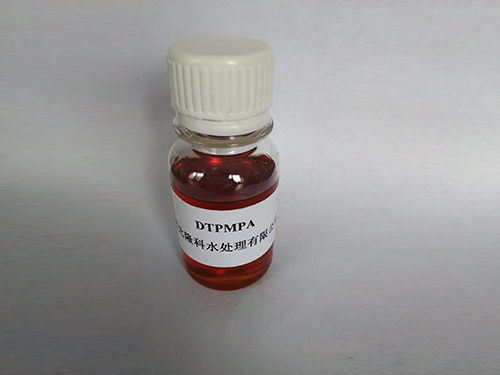Coagulants and Flocculants in Water Treatment Processes and Their Applications
The Role of Coagulants and Flocculants in Water Treatment
Water treatment is a critical process aimed at ensuring the safety and quality of drinking water and the efficient management of wastewater. Among the various chemical agents used in water treatment, coagulants and flocculants play a pivotal role in the removal of suspended solids and contaminants. Understanding their functions and applications is essential for anyone involved in environmental management or civil engineering.
What are Coagulants and Flocculants?
Coagulants are substances that cause colloids and fine particles in water to clump together, forming larger aggregates. This process is known as coagulation. Common coagulants include aluminum sulfate (alum), ferric chloride, and polyaluminum chloride. These agents neutralize the negative charges that keep particles suspended in water, allowing them to aggregate into larger particles, or flocs.
Flocculants, on the other hand, are agents that help to bind these larger aggregates together, increasing their size and weight, which facilitates their removal through sedimentation or filtration. Flocculants are typically high molecular weight polymers that improve the settling characteristics of the flocs created during coagulation.
The Treatment Process
coagulant flocculant

In a typical water treatment process, the addition of coagulants is the first step. When coagulants are added to water, they initiate the formation of flocs by destabilizing the particles. Following coagulation, flocculants are introduced to enhance the floc formation, resulting in heavier aggregates that settle faster. This two-step process is instrumental in clarifying water, removing turbidity, and enhancing the overall performance of the treatment system.
Applications in Various Industries
The applications of coagulants and flocculants extend beyond drinking water treatment. They are widely used in industrial processes, such as paper manufacturing, mining, and pharmaceuticals, where the removal of suspended particles is necessary for operational efficiency. Additionally, wastewater treatment facilities rely heavily on these agents to meet environmental discharge standards.
Environmental Impact and Considerations
While coagulants and flocculants play a crucial role in improving water quality, their use must be managed carefully. The selection of appropriate chemicals and their dosages is vital to minimize potential environmental impacts, such as the introduction of residual chemicals into waterways. Research and development in this field continue to focus on finding more sustainable and less harmful alternatives.
In conclusion, coagulants and flocculants are essential components of the water treatment process. Their ability to effectively remove suspended solids not only enhances water quality but also supports various industrial processes, underscoring their significance in environmental management and public health. As water treatment technologies evolve, the careful application of these substances will remain critical to our environmental stewardship.
-
lk-319-special-scale-and-corrosion-inhibitor-for-steel-plants-advanced-solutions-for-industrial-water-systemsNewsAug.22,2025
-
flocculant-water-treatment-essential-chemical-solutions-for-purification-processesNewsAug.22,2025
-
isothiazolinones-versatile-microbial-control-agents-for-industrial-and-consumer-applicationsNewsAug.22,2025
-
scale-inhibitor-key-solutions-for-water-system-scale-preventionNewsAug.22,2025
-
organophosphonates-versatile-scale-inhibitors-for-industrial-water-systemsNewsAug.22,2025
-
scale-and-corrosion-inhibitor-essential-chemical-solutions-for-water-system-maintenanceNewsAug.22,2025





